Once you decide to invest in real estate, it's crucial that you gain an in-depth understanding of some of the investment terms and formulas used explicitly, in real estate.
These will come in handy when purchasing an income-producing property, and will greatly help you mature in the business of real estate; hence, evolving your rental property portfolio.
The truth of the matter is, first-time investors will find them (investing terms and formulas) somewhat overwhelming and intimidating, and that’s okay because, like everything else, the first time is always the hardest.
But a little perseverance goes a long way, and the more focused and involved you are, the better you become with understanding and insight of these lingos and calculations.
To start you off, imagine asking yourself the following questions:
-
How do I know if a property is a good deal?
-
What kind of ROI should I be looking for?
-
What is cash flow?
Now, if the answers came to you meticulously with real estate investing terms and formulas in mind, then you can stop reading right here.
If, however, you were confused or it took you some time to think through the best possible answers, then read on. You might be surprised at how tricky it can be to lead yourself astray, without a glimmer of discernment why these terms and formulas are important in real estate investing.
Let’s get started!
This article is the first of a two-part article (Part 1 & Part 2), and the list of terms and formulas chosen for discussion are categorized into the following points of reference:
-
Rental Property Analysis
-
Rental Property Analysis Formulas & Calculations
-
Income
-
Additional Benefits
-
Expenses
-
Terms & Definitions
However, we’ll only be covering the top three points here, while the latter half of the list will be featured in the next article.
(1.1) Rental Property Analysis Terms
Now, envision yourself coming across a single family home which you found compelling. As it stands, the property is selling for K395,000 (only an assumption) and according to you, this would make for an excellent income-generating asset. But you also want to know if it’s a good investment or not.
Here are some of the key calculations you can learn and experiment with to determine the nature of the deal, as a new investor:
-
The 1% Rule
-
The 2% Rule
-
The 50% Rule
-
Cap Rate
-
Cash Flow
-
Cash on Cash Return
-
Gross Operating Income (GOI)
-
Net Operating Income (NOI)
In reality, the outcomes would be aloof if “vacancy allowance”, repair and maintenance, and capital expenses were left out of the equation. However, they will be discussed in a later article. For now, this article will only look at the generality of these terms and calculations, with a few simple examples.
In retrospect, it’s no big deal really, when it comes down to determining how and when your tenant should pay; as you won’t necessarily whip out your spreadsheets to smoke a deal into thin air.
Instead, you can ask your real estate agent for an insight on these terms and calculations and, in PNG especially, if any of these are applicable or familiar. But for the sake of succeeding in real estate investing, these lingos and formulas are worthy of introduction and reiteration.
Let’s move on!
(1.2) Rental Property Analysis Formulas & Calculations
Here’s where everything comes undone. Just like the BRRRR strategy, these terms and formulas may seem foreign to PNG’s property market. But, they’re worth your understanding when all that’s left in front of you is ascertaining between two similar properties, in pursuance of deciding which one has the highest potential rate of return (ROI).
1. The 1% Rule
This rule is ideally suitable in determining if your monthly rental income will be more than your monthly mortgage payments. The rule of thumb here is your monthly rental income must be greater than or equal to your monthly mortgage payments.
Formula: 1% Rule: 0.01 x Purchase Price = Monthly Rental Income (i.e., your monthly rental income must be more than or equal to your monthly mortgage payment).
You can get the same result by reversing the 1 percent rule:
[100 x Monthly Rent = Maximum Purchase Price]
Example:
If a property rents for K1,500 per month, after a quick calculation, you know that you can’t pay more than K150,000 on an investment property.
All in all, the 1% Rule dictates that you should multiply the purchase price of the property plus any necessary repairs by 1%.
This is the baseline rent you should charge every month. Compare the result to your potential monthly mortgage and you will have a better understanding of a property’s monthly cash flow.
2. The 2% Rule
Similar in concept to the 1% rule, the 2% rule is all about progressing investors' rental portfolios, but with a twist simply because it also introduces the rent to value ratio.
For the most part, this criterion states that in order for an investment property to translate into a good investment, its monthly rental income should equate to or surpass 2% of the purchase price.
Formula: 2% Rule: 0.02 x Purchase Price + (Any Maintenance & Repairs) = Monthly Rental Income
The 2% rule seems a good investment measure for "cash flow investors", as it helps them decide, between two kindred rental properties, which one is more fruitful.
There's a time and place for everything, likewise, there's a time and place for the 2% rule to work effectively. This depends entirely on what an investor plans to get out of an investment property. But the alternatives are straightforward.
Once your investing goals are clearly defined in this scenario - be it property appreciation or monthly cash flow - you'd know exactly when to or when not to use the 2% rule.
Example:
-
A property that costs K150,000 should rent for at least K3,000 per month.
-
A property that costs K350,000 should rent for at least K7,000 per month, etc.
3. The 50% Rule
This rule may be tricky in the sense that you might be thinking it shares similar sentiments with both 1 and 2% rules, but that’s not the case. The 50% Rule is strongly associated with your monthly rental expenses, adding that such expenses must be at least 50% of your rental income (excluding mortgages) - talk about effective management of your earnings.
Formula: 50% Rule = 0.5 x Monthly Rental Income = Expenses (excluding mortgages)
Example:
Referring to the earliest example where the single family home is selling for K395,000, let's say we used the 1% rule to determine our monthly rental income, and the result is K3,950.
Now, applying the 50% rule to sort out the expenses, we end up with K1,975 (0.5 x K3,950); hence our expenses.
That’s how much your expenses should be worth, in order to settle for a good deal.
Note: Under the 50% Rule, the expenses do not include mortgage.
4. Capitalization Rate (or Cap Rate)
Capitalization Rate, or commonly referred to as Cap Rate, is a method used in real estate to evaluate a potential investment.
In consequence, you must know how much the annual return on the property is before you can calculate the cap rate.
Again, using the above example, your annual return would be K47,400 (K3950 per month x 12 months).
Now that you know how much annual return this property will generate, calculate the cap rate, as this will help you decide if the property is a good investment:
Formula: Cap Rate = Annual Return / Purchase Price = K47,400 / K395,000 = 8.33%.
Keep in mind here that the higher the cap rate, the bigger the risk, while a lower cap rate means a good deal. Advisably, cap rates between 4 and 10 percent are considered low risk, which makes for a good investment in a rental property.
Also of note, a cap rate varies with where you invest, so it’s a good idea to find out more from a professional agent, with respect to your property investment goals.
5. Cash Flow
Generally, cash flow is actually profit after deductions. The principle idea is the same, it's only the adaptation of it into various industry lingo that gives it a different sway.
For instance, in business, cash flow may be understood as: Profit = Revenue - Expenses. In real estate however, cash flow ideally narrates income less expenses; rental income less expenses, or to be more technical: Cash Flow = Net Operating Income (NOI) - Debt Services.
If both Net Operating Income and Debt Services are overwhelming, don’t worry. For now, just remember your monthly cash flow as rental income less expenses.
6. Cash on Cash Return (CCR)
This investing term basically is a metric that’s used in measuring the profitability of a real estate deal. After all, you don't want to waste your time on a deal knowing beforehand that it won't profit you in any way, as a new investor.
Truth be told, this calculation serves as the basis for clarifying your net income generated by your investment property, which is pertinent to your initial investment made to purchase the property.
Put differently, this metric verifies how much you earned on top of what you invested in the property.
Formula: Cash on Cash Return (CCR) = Annual Cash Flow / Initial Capital Investment; where Annual Cash Flow = Monthly Cash Flow x 12.
Initial Capital Investment = Down Payment + Closing Costs + Improvement Costs (money that you put into the property to get it ready for rent.)
At this point, you might be wondering about the kind of CCR to look for. In actual fact, It's quite easy, to begin with. All you have to do is calculate the average return you're presently receiving from your other investments, then use that result as a goal to beat, when out looking for a rental property to buy.
7. Gross Operating Income (GOI)
The Gross Operating Income (GOI) is the result from which vacancy allowances are subtracted from the total monthly rental income of an investment property. Sometimes referred to as Effective Gross Income (EGI), this term, however, is only arrived at when you figure out the Gross Potential Income (GPI).
Here, the biggest challenge faced by rental property investors is maintaining a consistent positive cash flow every month for a year.
Needless to say, your journey towards Gross Operating Income begins with what is known as a Gross Potential Income - potential is self-explanatory, by the way; it's just potential and not a reality as yet.
Gross Potential Income has everything to do with the expected rent your rental property will generate in a year, if your tenant(s) will rent for 365 days straight; with an agreed full payment throughout.
Once the dust settles, the calculations for your Gross Operating Income begins.
Formula: Gross Operating Income (GOI ) = Monthly Rent income – Vacancy Allowance
8. Net operating Income (NOI)
Net operating income is the money that you're left with after deducting property expenses from what is left as a result of subtracting any vacancy allowances from gross operating income.
Simply put, NOI is the earning you receive from an income-producing property, if the property is owned by you free of a mortgage.
(1.3) Income
9. Rental Income
As we've already discovered, rental income simply refers to the money your renter or tenant pays you periodically for using or renting your property.
Additionally, rental income is not just about properties or investment properties. There are multiple alternatives by which you can also earn a rental income, such as:
-
Storage spaces
-
Parking
-
Vending machine
-
Maintenance services
-
and more
if you're a creative, these ideas won't be difficult to come by, since you'll be able to identify and capitalize on them as soon as possible. Because if there's a demand for such items, but aren't available anywhere else than your location, obviously people will want to rent them.
This then gives you the perfect opportunity to put either of these terms and formulas into perspective, where applicable.
After all, rental income doesn't apply to just one rentable asset, but multiple.
Disclaimer:
This article is meant for informational purposes only and is not intended to be construed as financial, or investment advice. Hausples encourages you to reach out for professional help regarding your own real estate situation.

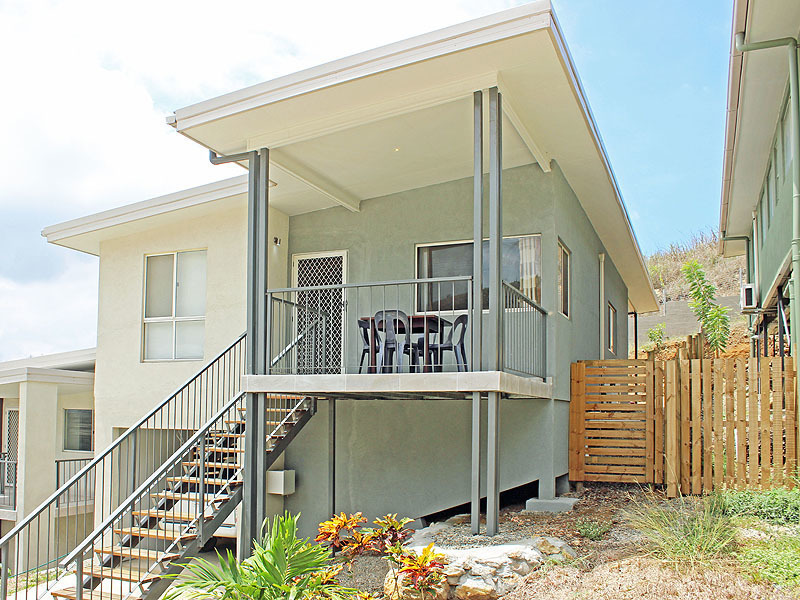
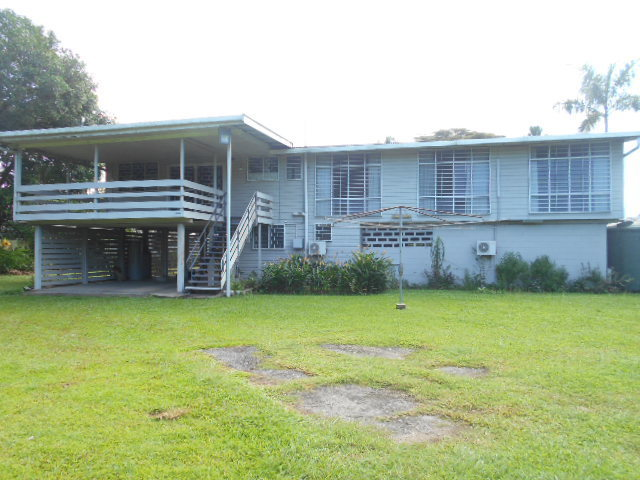
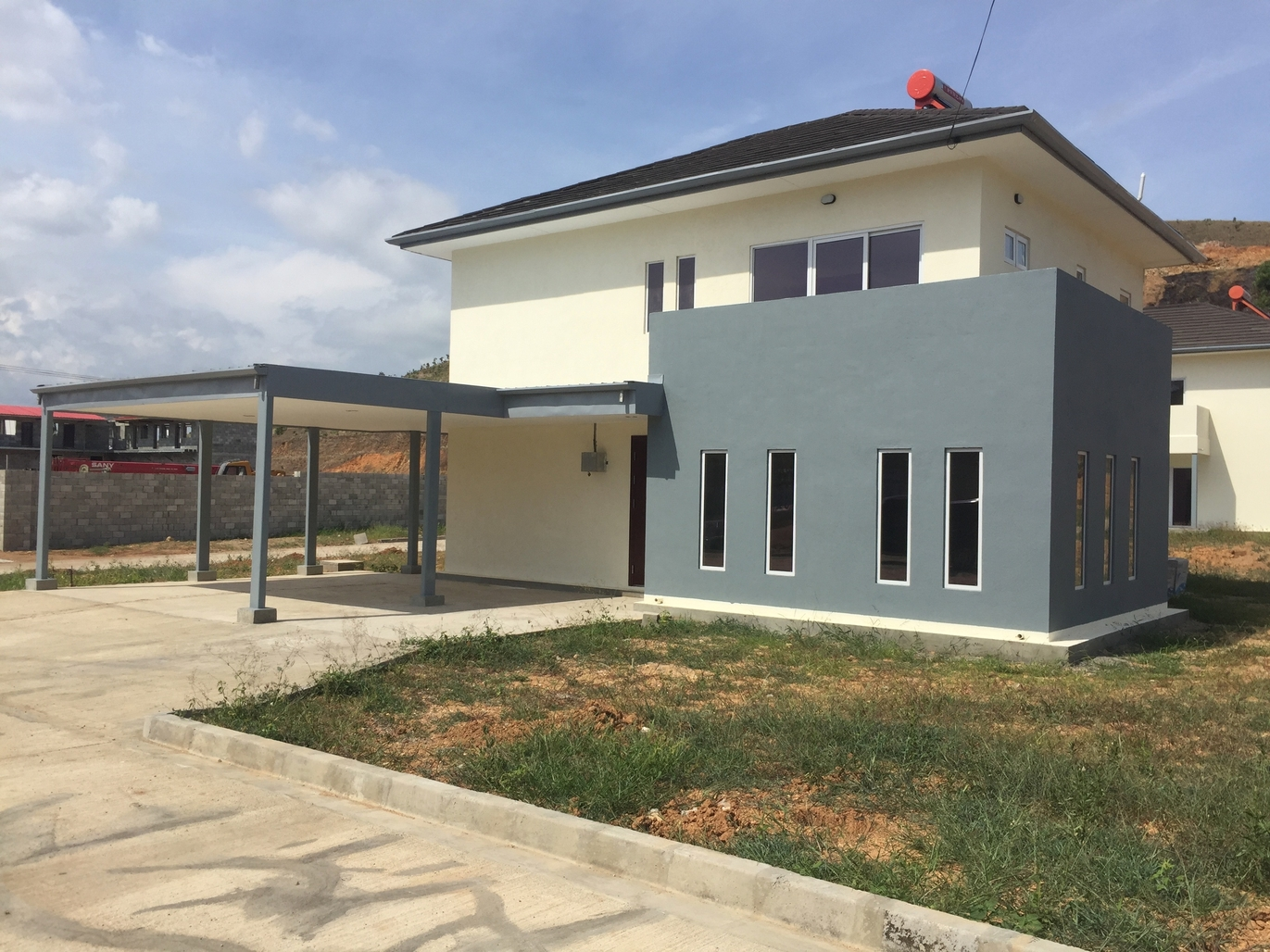
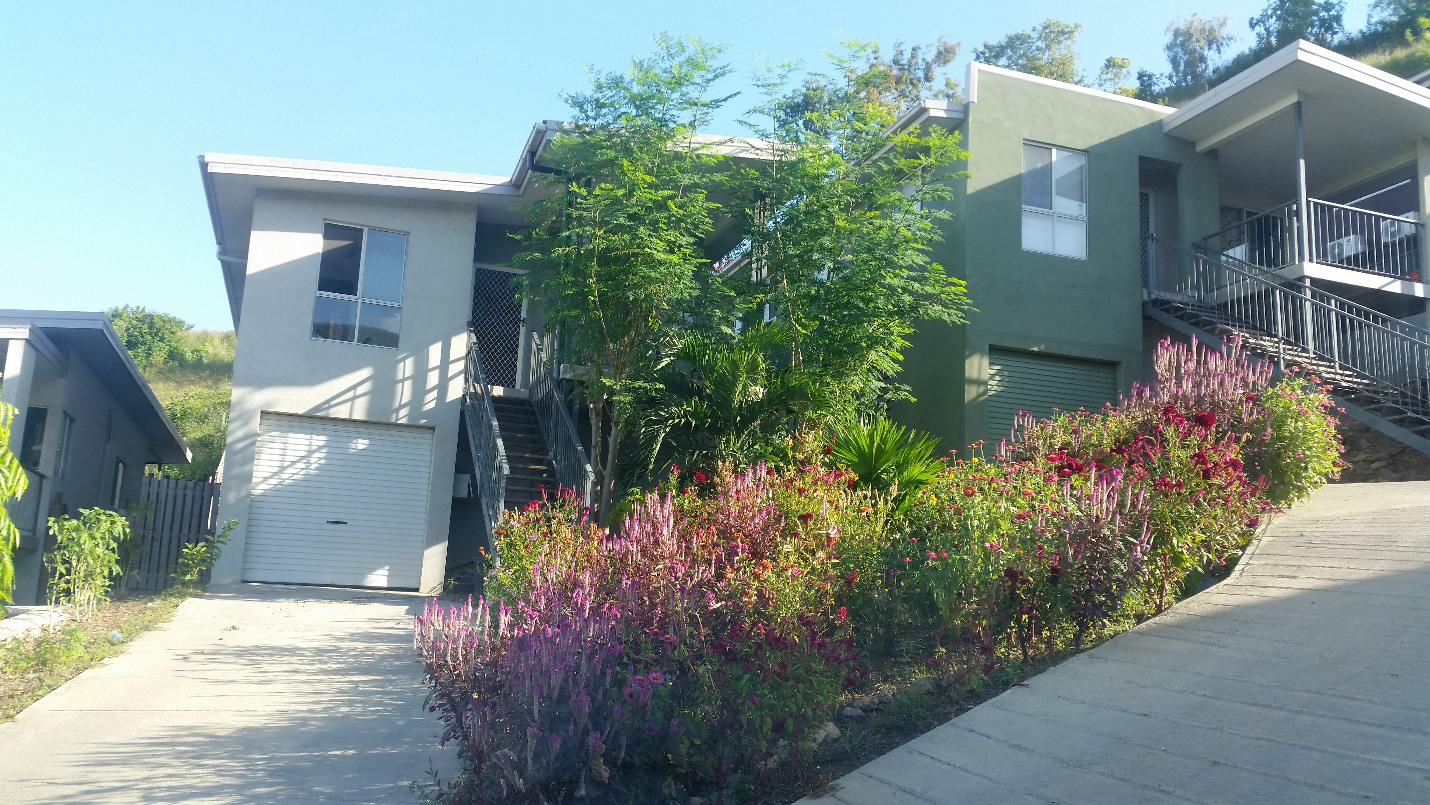
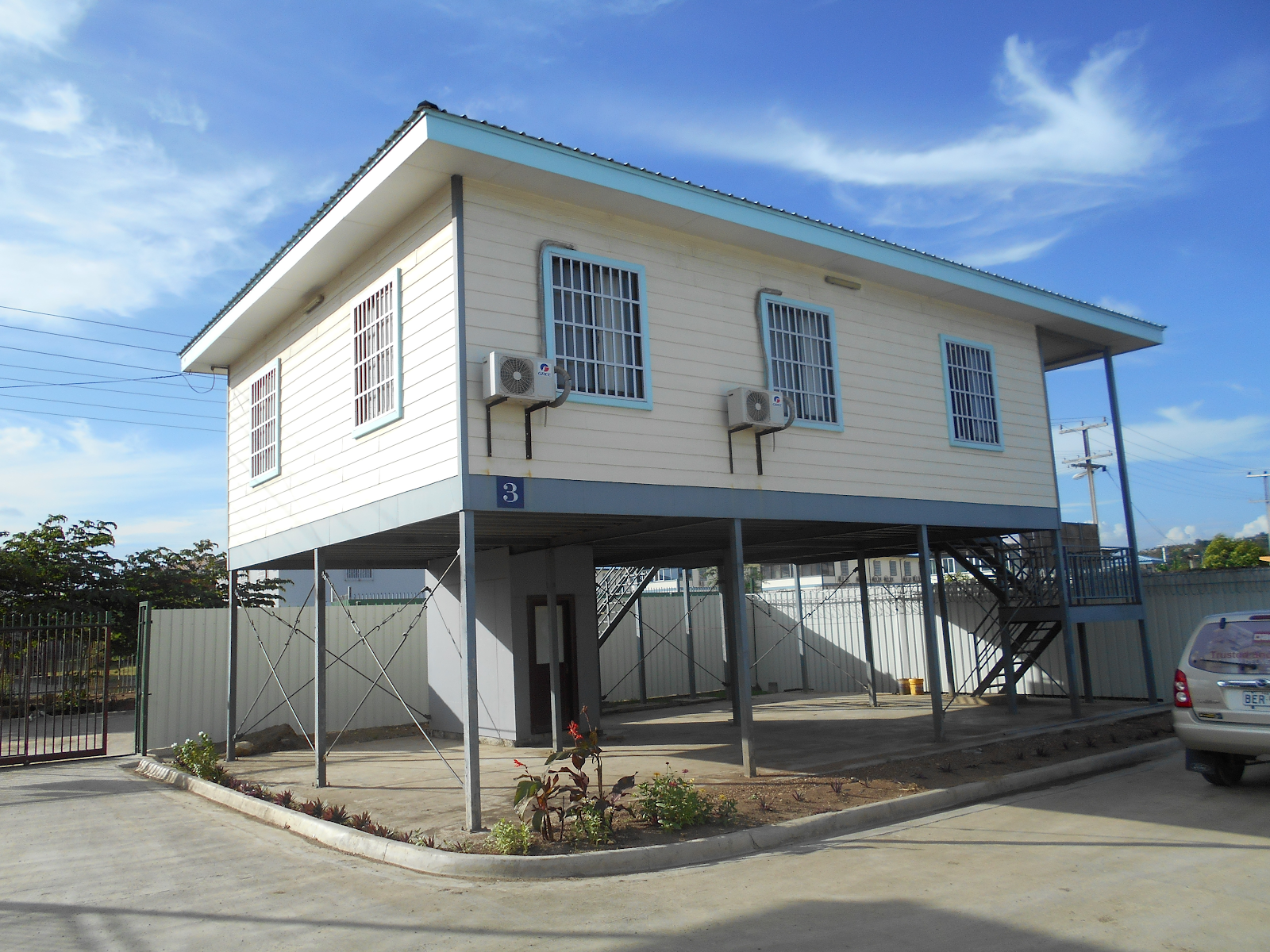
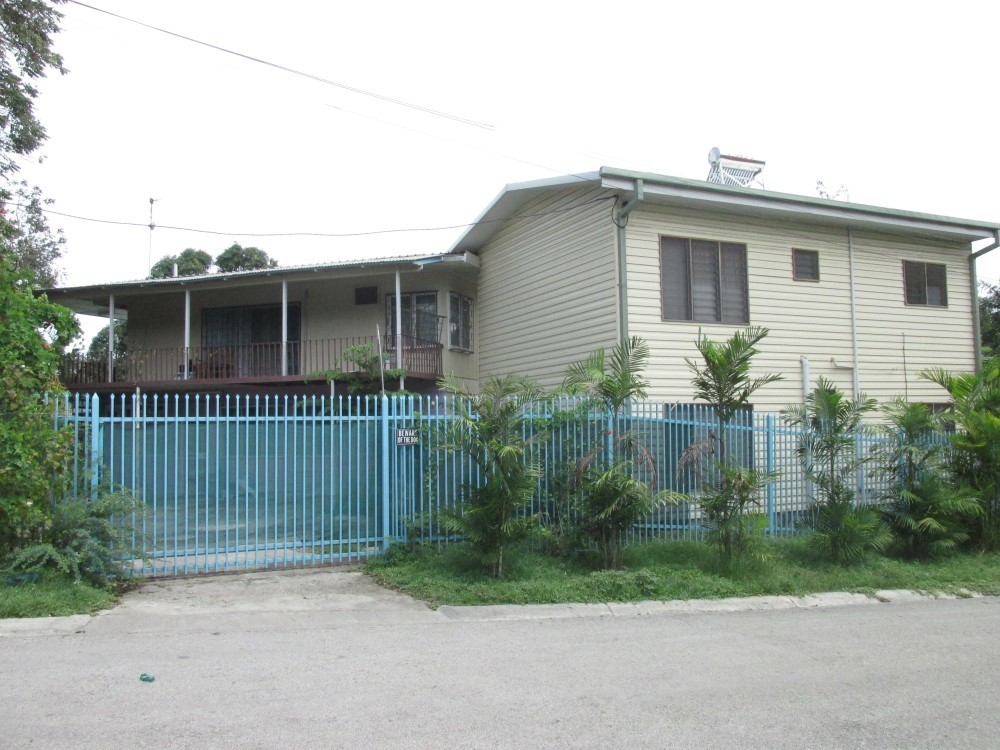

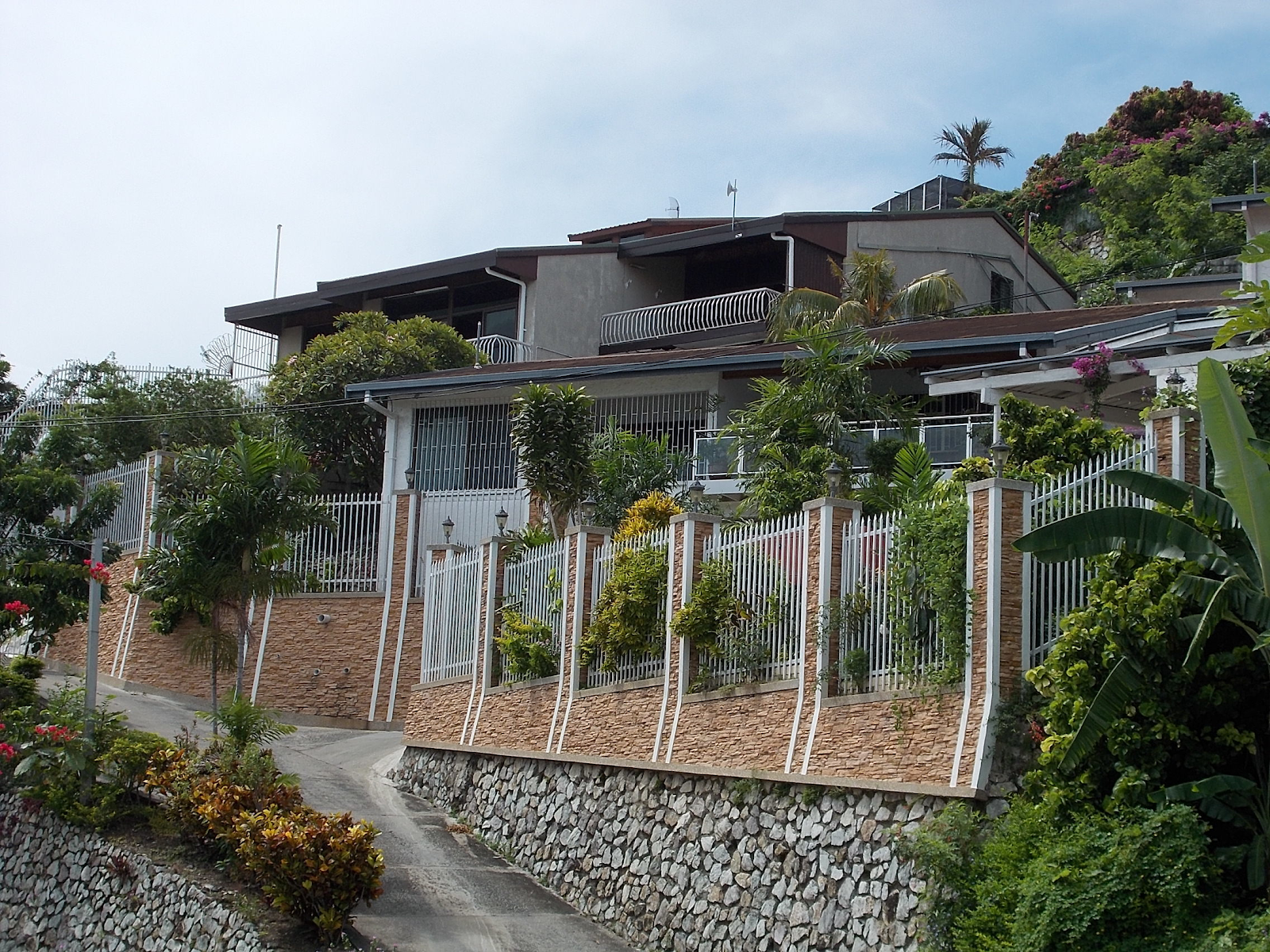

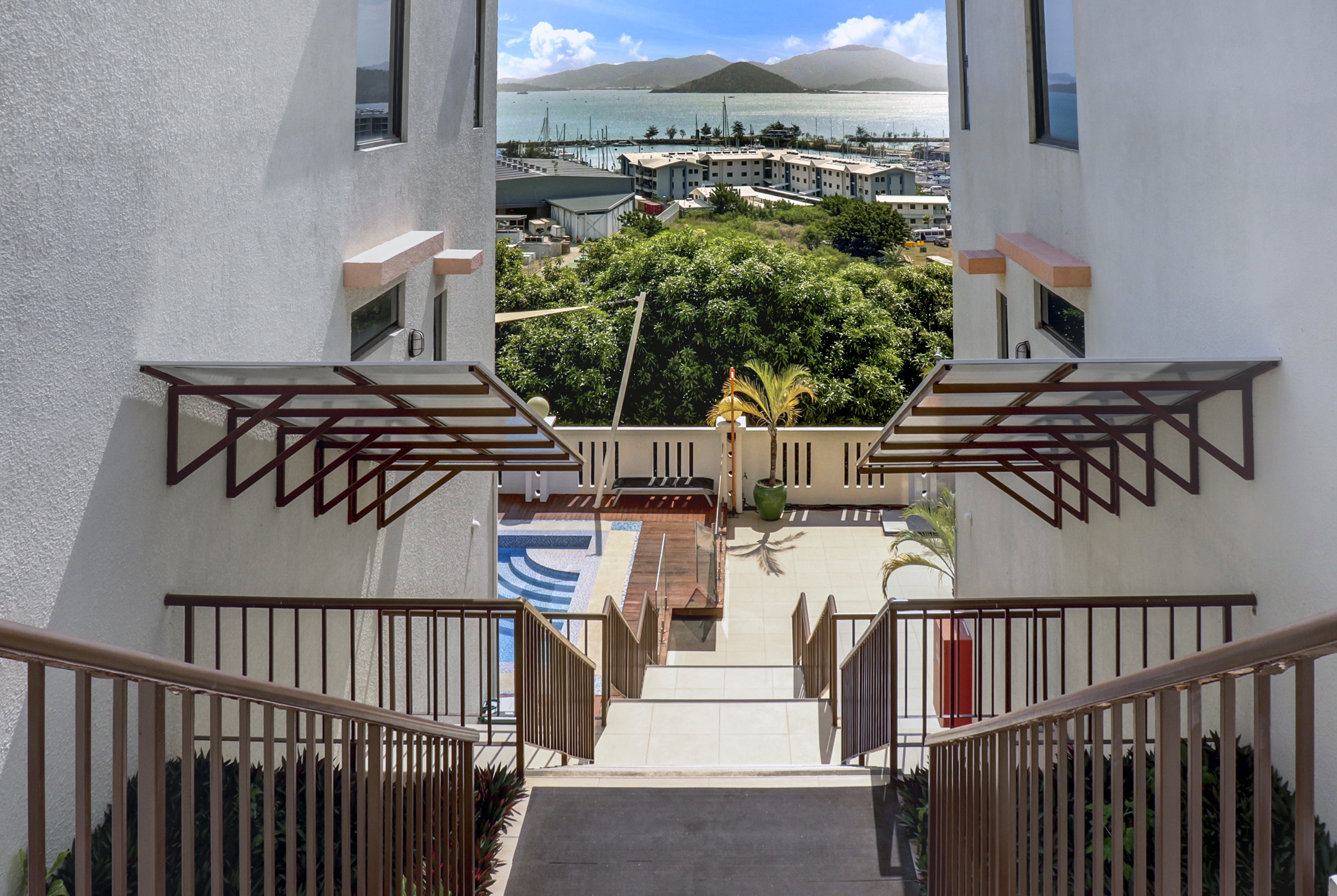


Comments